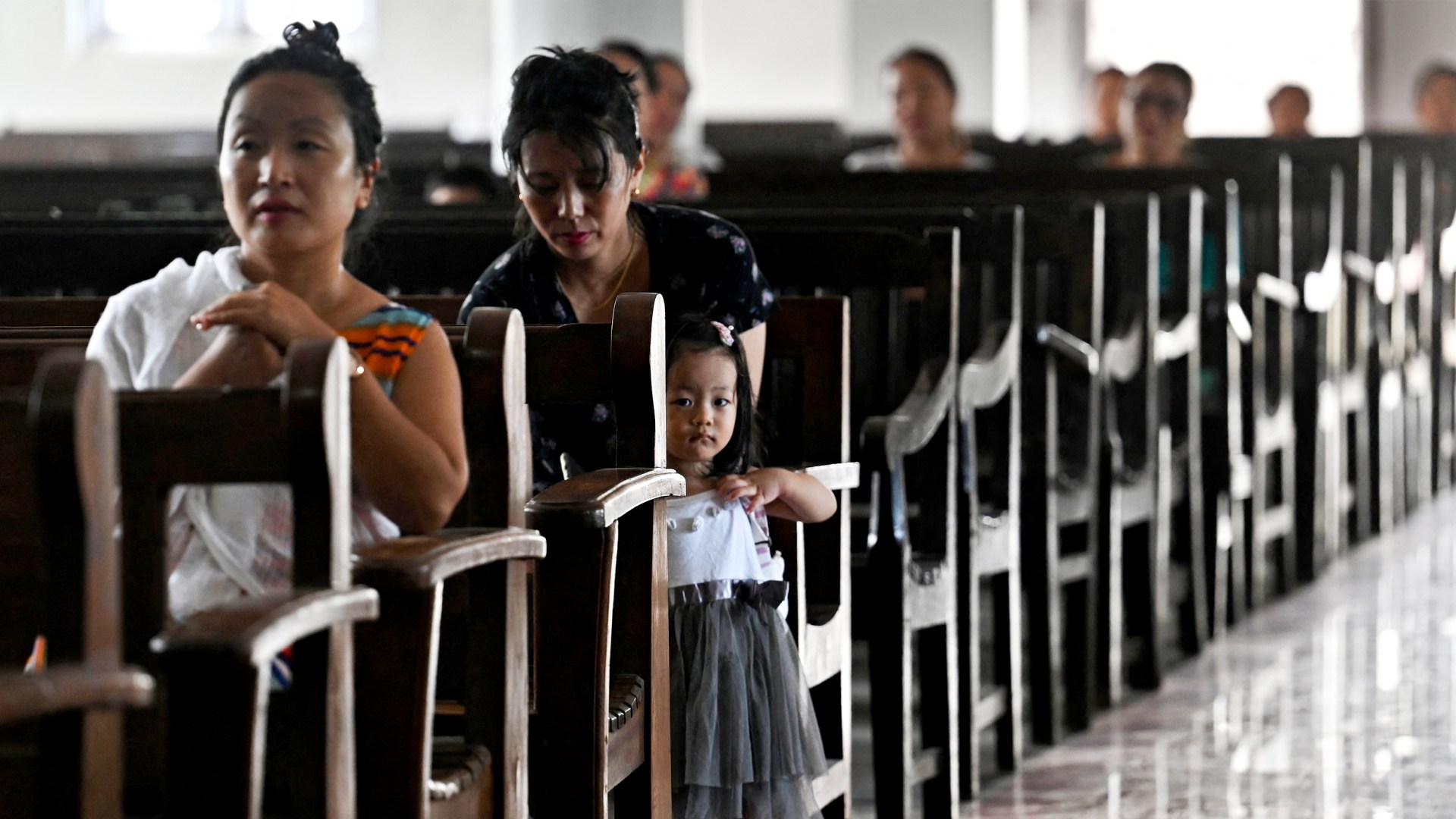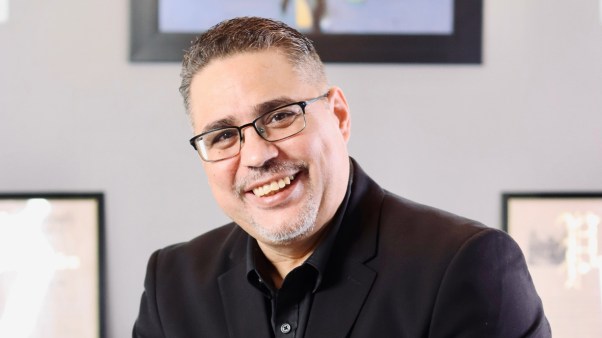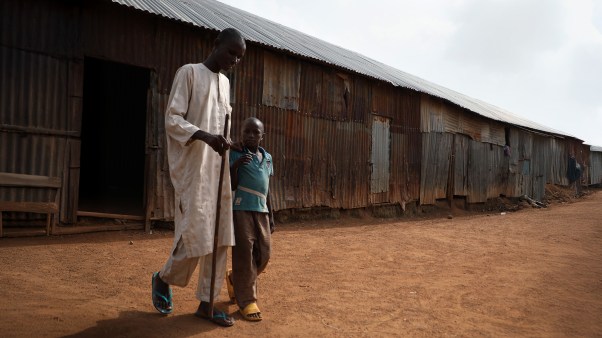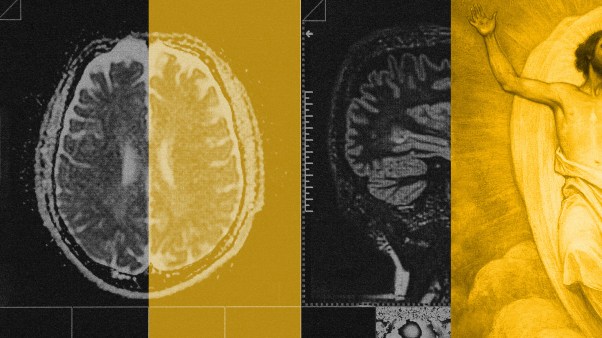The ongoing attacks against the minority Kuki tribe by violent mobs in the northeastern Indian state of Manipur has brought attention to this mostly Christian people group. Since May, more than 180 people have been killed, hundreds of churches have been destroyed, and thousands have been displaced as the Hindu-majority Meitei people, who live in the lowlands, violently retaliated against the Kuki’s peaceful protests over efforts to give Meitei access to the hill land where they live.
The Kuki people in Manipur share ancestry with the Chin in Myanmar (also known as Burma) and the Mizo in India’s Mizoram state, southwest of Manipur. Due to their encounters with missionaries, nearly all Mizo and Kuki identify as Christians, along with 90 percent of Chin people.
In this Q&A explainer, we will explore the roots of the Chin-Kuki-Mizo people, the ongoing persecution and conflicts these groups face, how they encountered Christianity, and the ways Christianity has changed their society.
How are the Kuki, Chin, and Mizo people related?
They shared the same ancestors, practiced the same religion, and inhabited a swath of hill country in the borderland of modern-day India and Myanmar. In the 1890s, the British divided the land into Chin State in Burma, Mizoram and Manipur states in India, and the Chittagong Hill Tracts in Bangladesh.
Chin-Kuki-Mizo are a Mongol people, and today they speak related but distinct Tibeto-Burman languages. More than one million Chin live in Myanmar, one million Mizo live in Mizoram, half a million Kuki live in Manipur, and tens of thousands of Kuki live in Bangladesh. In addition, due to the ongoing fighting between the Myanmar army and the Chin people, hundreds of thousands of Chin have fled overseas, including 80,000 in the United States.
What kind of ethnic persecution do the Chin face?
When Burma gained its independence in 1948, ethnic minorities including the Chin, Kachin, and Shan were promised equality and self-determination. Yet after the military seized control of the government in 1962, they refused to respect the agreement, leading to ongoing fighting between Chin armed forces and the Burmese army.
After the 2021 military coup, the Chin joined in the armed resistance against the junta. The military attacked towns and villages across China State, burning down Thantlang, a hilltop town, home to 10,000 people. All but one of the 22 churches in the town have been destroyed.
… the Kuki?
The Kuki and Naga (another predominantly Christian tribe) live in the uplands surrounding the Imphal valley, where the Hindu-majority Meitei live. Before the British occupied Manipur, the kingdom of Manipur covered only that small valley, meaning the lowland Meitei never ruled the Kuki or the Naga. After the British left in 1947, Manipur became a part of India and, later in 1972, a state. Seeking their own separate state within India, however, the Kuki started an armed uprising in the 1980s.
The recent ethnic conflict started when a court ruled that the state government should respond to the Meitei’s request for “scheduled tribe” status, which would give it seats in the parliament and state legislatures, affirmative action in education and employment, and property protections. Kukis protested this change, as it would dilute their own status and give the Meitei access to Kuki hill land. In response, violent mobs attacked people and ransacked tribal homes, churches, schools, and hospitals. More than 60,000 people have been displaced.
… the Mizo?
When the British annexed Mizoram in the 1890s, it was an independent country. Then, as India gained independence in 1947, Mizoram was administered as a part of the state of Assam, but the Mizo aspired to regain their independence. They began an armed uprising in 1966. In response to their rebellion, the Indian army attacked cities, towns, and villages across Mizoram, decimating and uprooting nearly all of the rural population. Laldenga, the leader of the uprising, was finally able to secure the formation of a separate Mizoram state in 1987.
What religion did the Chin-Kuki-Mizo people initially practice?
Historically they practiced animism, which required its adherents to appease evil spirits through costly animal sacrifices when people got sick. Buddhism, Hinduism, and Islam never made it to their hilly country. However, Christian missionaries changed the religious landscape in the late 19th century.
How did Christianity reach the Mizo?
British Baptist missionaries James H. Lorrain and Frederick W. Savidge landed in the south of modern-day Mizoram in 1894 and proselytized the Mizo. They created a written script based on the Roman alphabet, introduced modern medicine, began mission schools, and initiated social services, including orphan care. They revolutionized the lives of the Mizo.
A few years later in 1897, Welsh Presbyterian missionaries also came and started evangelizing the Mizo in northern Mizoram. Today, virtually all Mizo are Christians, mostly Presbyterians and Baptists.
… the Kuki?
Missionary William Pettigrew left Scotland and landed in the Imphal valley of Manipur in 1894. While he was raised Anglican, he became a Baptist while in India and joined the American Baptist Foreign Mission Society. He worked with the Kuki in the north and the Naga until 1933 and played a pioneering role in literature, education, religion, and social services for the hill tribes. In 1908, Watkin R. Roberts, a Welsh Presbyterian missionary, started his mission work among the Kuki in the south. Early native Kuki Christians also evangelized their own people, and today nearly all Kuki are Christians, most of them Baptists.
… the Chin?
American Baptist missionaries Arthur and Laura Carson, together with believers from the Karen people group in Myanmar, arrived in the Chin Hills in 1899 and started evangelizing the Chin, who, like the Mizo and Kuki, were illiterate. More missionaries came in the following decades until the mid-1960s, when Burmese military expelled all missionaries from the country. Christians, who are mostly Baptists, now represent about 90 percent of the Chin population. More than half of them became Christians after the 1960s, meaning Chin Christians evangelized their people during and after the missionary period.
Who are some of the most well-known Christian Chin-Kuki-Mizo leaders?
Native church fathers, including Zairema, Simon Pau Khan En, and Tongkhojang Lunkim, made enormous contributions to the life and history of the church among the Chin-Kuki-Mizo.
The first Mizo to graduate college, Zairema (1917–2008) led the Young Mizo Association (YMA), the state’s largest NGO, which promotes Mizo culture, language, and history and helps the poor and vulnerable. He also worked on Bible translation, consulted the state government of Mizoram, served as the moderator of the Mizoram Presbyterian Church, and wrote numerous theology books in both Mizo and English. Zairema is remembered as the conscience of Mizo theology.
Simon Pau Khan En, 78, served as general secretary of the Chin Baptist Convention (CBC), general secretary of the Myanmar Baptist Convention (MBC), and president of the Baptist seminary, the Myanmar Institute of Theology (MIT). He is, however, best known for his academic and popular-level theological articles, which became the foundation for Burmese Christianity.
Tongkhojang Lunkim, who is believed to be 97, is the patriarch of the Kuki Baptist Church. A teacher, preacher, missionary, theologian, and conciliator, Lunkim founded Trulock Theological Seminary and helped translate the Bible into Kuki.
What attracted the Chin-Kuki-Mizo people to Christianity?
Factors influencing their religious conversion included theological similarities between their animistic beliefs and Christianity, such as underlying ideas of life after death, blood sacrifice, and the existence of a Supreme Being. Adopting Christianity also helped them preserve their distance from lowland neighbors who practiced Buddhism (Myanmar), Islam (Bangladesh), and Hinduism (India). Many of the hill people in the borderlands between China and Southeast Asia—the Akha, Kachin, Karen, Lahu, and Wa—also became Christians for this reason. In addition, conversion to Christianity ended the practice of costly animal sacrifices.
How did becoming Christians change the Chin-Kuki-Mizo people?
Since they left animism and became Christians, the Chin-Kuki-Mizo have undergone remarkable changes. Once illiterate and impoverished, they now have their own written languages, schools, and seminaries. Some in the communities have gone on to pursue higher education.
This is largely due to the fact that early missionaries and Christian leaders translated the Bible and hymnals into their languages. Missionaries emphasized the importance of education to the Chin-Kuki-Mizo, so that they could understand the Bible and improve their quality of life. This has become a lasting legacy for the people today. Mizoram, for instance, maintains the second-highest literacy rate in India, and the Mizo play an outsized role in civil services across the country.
Christmas and New Year celebrations replaced old religious services, as modern medicine replaced traditional rituals. Christianity also allowed them to create their own religious organizations and network with the global church, thus ending their isolation. Religious organizations like the Baptist associations provided them with social spaces for annual meetings between representatives from Baptist churches all across the region. And Christianity also played an important part in nurturing the idea of ethnic unity among the various subtribes, who once waged tribal wars against each other.
Early missionaries weren’t perfect—for example, they urged locals to abandon elements of their culture, including dances, songs, and drums associated with their traditional religion. But Christianity’s contributions since then have surpassed their mistakes. Today, Christianity has become intertwined with the Chin-Kuki-Mizo ethnic identity.
How have the Mizo people responded to the persecution of the Chin and Kuki?
More than 50,000 Chin and around 8,000 Kuki have sought refuge in Mizoram, where local churches, non-profits, and individuals embraced and assisted them. Mizo churches and communities also sent donations—medicine, food, clothes, and more—to Lamka, the largest Kuki town in Manipur.
Prime minister Narendra Modi asked Zoramthanga, chief minister of Mizoram, to close the border to prevent Chin refugees from entering India. Yet he defied Modi, keeping the border open. To reduce the burdens of the Mizoram, diaspora Chin churches, families, and individuals in the West have sent millions of dollars to the Mizoram to help refugees there.
In the midst of this suffering, the ethnic, religious, and social ties between the Chin, Kuki, and Mizo remain strong.
Pum Za Mang, who was born in Thantlang, Chin State, is an associate professor of world Christianity at Myanmar Institute of Theology in Yangon and was a research scholar at Luther Seminary.
Editor’s note: The Zomi and Hmar people in India are also a part of Chin-Kuki-Mizo, yet distinct due to their languages. The Zomi have also been majorly impacted by the violence in Manipur.












